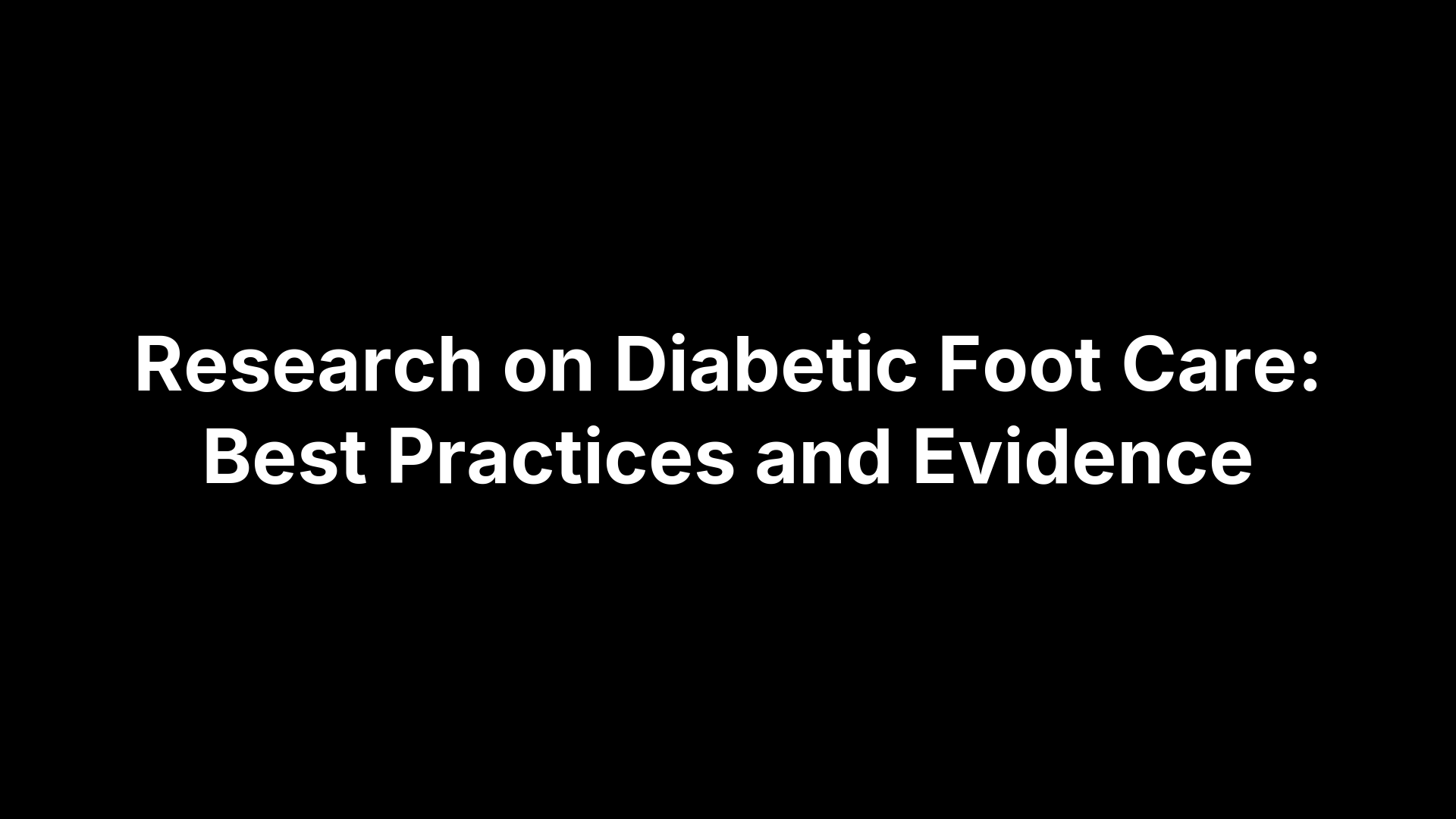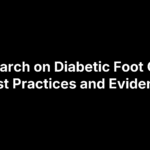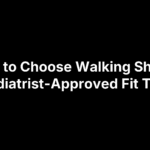A high arch—also called cavus foot—is an arch that stays stubbornly elevated even when your weight is on it. Because the heel and the ball of the foot take almost all the load, problems stack up fast: burning pain under the forefoot, stabbing heel aches, ankles that roll without warning, and calluses that seem to pop up overnight. The good news is that you don’t have to live with any of it. Simple shoe tweaks, custom insoles, targeted exercises, bracing, or—only when necessary—surgery can spread pressure more evenly and keep you moving comfortably.
Understanding why high arches misbehave is the first step toward fixing them. The shape of your foot changes how every joint above it works, from your ankles to your lower back, so ignoring the issue can create a chain reaction of pain. This guide breaks down causes, symptoms, risks, and the full menu of relief options so you can make smart, lasting choices for healthier feet.
What Are High Arches? Understanding Cavus Foot Structure
An arch normally flattens a little when you stand, acting like a shock-absorbing spring. With a high arch (pes cavus), that spring stays lifted; weight rockets to the heel and forefoot. About 10% of adults have some degree of cavus foot, which can be either flexible (collapses a bit under load) or rigid (stays locked no matter what)—a key distinction when planning treatment.
The biomechanics of a normal arch vs. a high arch
- Normal arch: mild pronation, even pressure, longer ground contact
- High arch: persistent supination, pressure peaks at heel/ball, shorter stance time, frequent lateral ankle roll
Common causes: hereditary vs. neurological conditions
- Hereditary/congenital bone shape
- Family foot-type patterns
- Neurologic disorders: Charcot-Marie-Tooth, cerebral palsy, post-stroke changes—these often progress and demand specialist care
Self-assessment: simple at-home tests to spot a high arch
- Wet-foot print: narrow mid-foot band or none at all
- Outsole wear on outer heel/forefoot
- Tiptoe test: arch height barely changes, hinting at rigidity
Always confirm findings with a podiatrist.
How High Arches Affect Your Body: From Feet to Spine
Your feet are the kinetic chain’s base, so cavus structure rarely stays local. When pressure skips the mid-foot, shock shoots upward. Addressing high arch foot problems early stops chronic, multilevel pain.
Direct foot issues: pressure distribution, under-pronation, instability
Elevated arches funnel weight onto heel and outer forefoot, breeding calluses and bursitis. Supinated gait limits contact, and the narrow footprint lets ankles roll outward without warning.
Knock-on effects in ankles, knees, hips, lower back
With each mis-landed step, unabsorbed force travels to ankle and knee, spurring IT-band irritation and patellofemoral pain. Hips rotate outward to compensate, tilting the pelvis and overworking lumbar muscles—cue aching lower back.
High arches in children vs. adults: growth and aging considerations
Kids may tiptoe or seem clumsy; growth spurts stiffen tissues and deepen the curve. Adults lose cushioning fat pads, and seniors face higher fracture and fall risk.
Recognizing Symptoms Early
Catching tell-tale signals before they snowball into bigger problems keeps treatment simple and affordable. Scan your body and shoes for the clues below, then jot them in a pain diary.
Foot pain hotspots: heel, ball, outer edge, toes
Morning heel stabs, burning under the ball after a grocery run, aching outer edge, or cramped toe tips all stem from weight concentrating on too few square inches.
Visible clues: calluses, claw toes, shoe wear patterns
Thick calluses under the first or fifth met head, claw or hammertoes crowding the toe box, and outsole tread worn bald along the lateral heel scream high-arch overload.
When symptoms signal an underlying neurological disorder
If you notice progressive ankle weakness, tripping, numb soles, or a foot that slaps the floor, an underlying nerve disorder may be brewing—schedule a prompt podiatry and neurologic work-up.
Key Risks and Complications to Watch For
Left unchecked, a high arch can trigger a cascade of stubborn injuries. The big five complications deserve special attention.
Plantar fasciitis and metatarsalgia
Rigid arches overstretch the plantar fascia and pound metatarsal heads, causing stabbing morning heel pain and burning forefoot.
Ankle sprains and chronic instability
Supinated gait loads the outer foot, so even a small wobble can tear ligaments and breed chronic instability.
Stress fractures & 5th metatarsal issues
With poor shock absorption, impact shoots into bone; fifth-metatarsal or tibial stress fractures appear as stubborn, pinpoint swelling.
Toe deformities: hammertoes, claw toes
Tight plantar tissues and cramped shoes curl toes downward, producing painful hammertoes or claw toes that rub raw.
Skin & nail problems stemming from pressure points
Pressure hotspots breed corns, calluses, and ingrown nails; in people with diabetes they can rapidly deteriorate into ulcers.
Diagnosis and Professional Evaluation
Getting a precise label for your high arch guides every treatment step. A podiatrist pairs hands-on testing with imaging to pin down structure, cause, and severity.
What to expect at a podiatry appointment: history, gait analysis, imaging
Expect a detailed history, then barefoot walking over a pressure mat while cameras film gait. X-rays map bone angles; ultrasound or MRI show tendon and fascia strain. Together they reveal how much load your midfoot dodges.
Differentiating flexible vs. rigid high arches
The Coleman block test is the go-to: standing with the heel hanging off a block. If your arch relaxes, it’s flexible and usually braced; if it stays rigid, surgery may be discussed.
Tests for associated neurologic conditions
Neurologic screening checks reflexes, strength, and sensation. Abnormal results trigger EMG or genetic tests to uncover conditions like Charcot-Marie-Tooth before crafting a treatment plan.
Evidence-Based Relief Options
Most high-arch foot problems get better with a plan that starts simple and only escalates when pain refuses to budge. Studies show that combining footwear changes with muscle conditioning eases symptoms in roughly three of every four patients.
Conservative care: shoes, orthotics, padding, bracing
Choose shoes that check these boxes: wide toe box, cushioned midsole, firm heel counter, and a slight rocker. Add metatarsal pads or laced-in ankle braces when instability is an issue. Insoles redistribute load—start with over-the-counter, upgrade to custom if daily pain lingers.
| Support option | Cost | Typical lifespan |
|---|---|---|
| OTC insole | $35–$60 | 6–12 mo |
| Custom orthotic | $300–$600 (often covered) | 3–5 yr |
Strengthening & stretching exercises
Do these five days a week:
- Wall calf stretch, 3 × 30 sec each leg
- Plantar-fascia towel stretch before standing, 3 reps
- Towel scrunches or marble pick-ups, 2 × 20 reps
- Single-leg balance, 3 × 30 sec to train ankles
Lifestyle adjustments and self-care routines
Maintain a healthy weight, swap hard pavement runs for track or trail, and build mileage by no more than 10 % weekly. Ice the heel or forefoot 15 minutes after long shifts and rotate shoes every other day to let cushioning rebound.
When to consider surgery: criteria, procedures, recovery timelines
Red-flag indicators include rigid deformity, progressive neurologic weakness, or pain unresponsive to six months of conservative care. Common procedures—first-metatarsal dorsiflexion osteotomy, calcaneal slide, tendon transfer, limited plantar fascia release—aim to lower the arch and balance muscle pull. Most patients spend six weeks in a boot, start weight-bearing therapy at week eight, and return to full activity between four and six months.
Choosing Footwear and Supportive Gear
The right gear spreads pressure, calms hotspots, and saves your ankles from rolling. Use the quick filters below when you shop or swap out inserts.
Features to look for in everyday shoes and sneakers
- Deep, wide toe box so clawed toes aren’t crammed
- Midsole cushion with a touch of firmness—too soft lets the foot collapse sideways
- Rigid heel counter for rear-foot control
- Mild rocker or 8–12 mm heel-to-toe drop to smooth push-off
Specialized insoles vs. custom orthotics: cost, pros, cons
| Option | Price | Pros | Cons |
|---|---|---|---|
| OTC high-arch insole | $40–$60 | Instant, replace anytime | Limited durability, generic fit |
| Custom orthotic | $300–$600 (insurance often helps) | Exact contour, lasts years | Up-front cost, break-in period |
Night splints, ankle braces, and socks designed for high arches
- Plantar-fascia night splints keep tissue lengthened, easing first-step pain.
- Figure-8 or lace-up braces add lateral stability during sports.
- Light-compression, arch-band socks boost proprioception and reduce swelling on long days.
Preventive Strategies and Long-Term Management
Stopping trouble before it starts is the cheapest, least-painful way to live with a cavus foot. A few easy checkpoints—done consistently—keep small aches from maturing into stress fractures or chronic back pain.
Monitoring arch changes over time
- Compare annual wet-print tests or smartphone scans; a shrinking mid-foot shadow signals worsening rigidity.
- Log pain spikes and shoe mileage in an app; recurring hotspots can predict injury months in advance.
- Smart insoles or fitness trackers that report pressure maps add objective data if your budget allows.
Injury-proof training: warm-ups, low-impact alternatives
Always open workouts with calf and hip mobility drills, then progress to light hops before speed work. Cross-train with cycling, swimming, or elliptical sessions to cut weekly ground impact by at least 30 %.
Tips for athletes, workers on their feet, and seniors
- Runners: rotate two shoe models with different cushioning densities.
- Retail or hospital staff: use anti-fatigue mats; schedule five-minute seated breaks each hour.
- Seniors: add home balance boards and grab rails to reduce fall risk.
Diabetes considerations for high-arched feet
Check skin daily with a mirror, moisturize but avoid between-toe dampness, and call your podiatrist at the first sign of redness or blistering.
FAQs About High Arch Foot Problems
High-arched feet raise plenty of questions. Below are bite-size answers to the three we hear most often.
Do high arches need arch support?
Yes. Support redistributes pressure and steadies ankles even if your arch already looks plenty high.
Can exercises lower my arch?
Not really. Strength and stretch work improve flexibility and shock absorption but rarely change bone shape.
Are high arches ever beneficial?
A rigid arch can spring energy in sprints or jumps, yet the injury trade-off usually outweighs performance perks.
Where to Get Help in Central Virginia
Richmond-area residents don’t need to travel far for high-arch expertise.
Benefits of seeing a podiatrist vs. general physician
Podiatrists offer gait analysis, on-site imaging, and corrective surgery—services most family doctors outsource.
What makes a foot and ankle clinic comprehensive
Seek clinics with pressure-mapping treadmills, in-house orthotics, physical therapy, and wound-care suites.
Telehealth and same-day appointments
Telehealth covers follow-ups and shoe checks; same-day slots tackle sprains or sudden pain.
Next Steps for Happier, Healthier Arches
Knowing you have a high arch is only useful if you act on that knowledge. Start small—swap to shoes that actually fit your foot type, slip in a quality insole, and pencil five minutes of calf and fascia stretches into your morning routine. Track how those tweaks feel for two weeks; most people notice lighter, more stable steps almost immediately.
Key moves to put on your calendar:
- Schedule a professional gait and pressure scan—data beats guesswork.
- Rotate footwear so midsole foam gets a full day to rebound.
- Log mileage, pain levels, and shoe age; patterns reveal themselves quickly.
- Build strength with short, daily balance drills to armor ankles against surprise twists.
- Re-evaluate inserts every 6–12 months; worn support is no support.
If pain or instability still crash your day, it’s time for an expert opinion. Book a personalized assessment with the podiatry team at Achilles Foot and Ankle Center and take the next confident step toward lifelong foot comfort.






